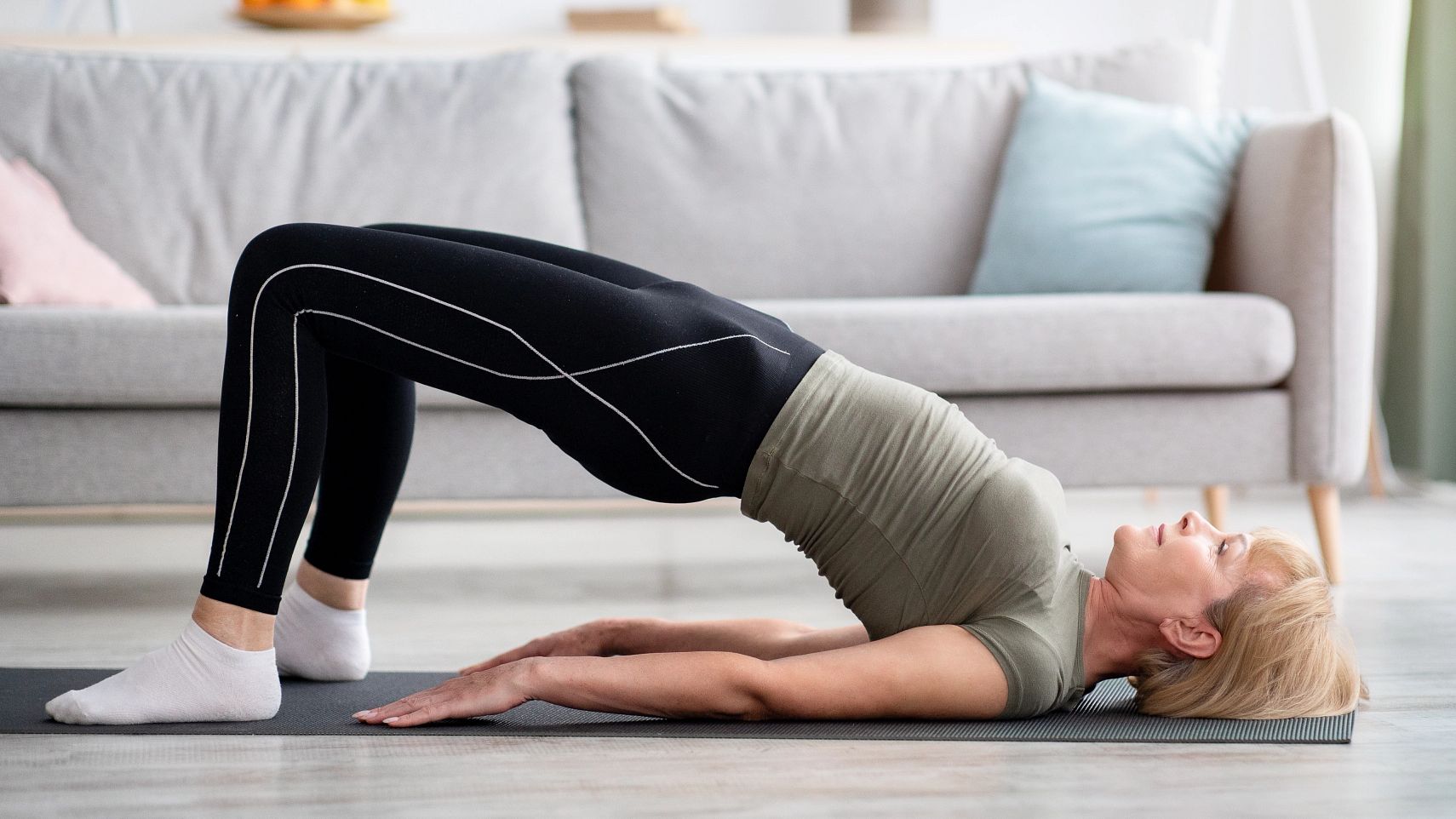AARP Hearing Center
Want to lower your blood pressure? A new study pinpoints exactly what kind of exercise is best for easing blood pressure, and it doesn’t involve running on the treadmill or pumping iron at the gym.
Instead, the study reveals that static isometric exercises like wall sits (also known as wall squats) and planks — which engage muscles without movement — are best for lowering blood pressure.
The new analysis, a systematic review of 270 studies, published in the British Journal of Sports Medicine (BJSM), confirms that many types of exercise — including aerobic activity, weight training and high-intensity interval training – help to lower blood pressure, but it found that isometric exercises offer the biggest benefit.
Of the exercises examined, the wall sit was the most effective, the study found.
It’s long been known that physical activity has blood pressure benefits, but the review is important because doctors often recommend heart-healthy activities like walking, running and cycling as their top choices for patients with hypertension.
But isometric exercises are almost twice as effective at lowering blood pressure compared with just doing cardio, the study shows. Study author Jamie O’Driscoll, a researcher in cardiovascular physiology at Christ Canterbury Church University, says he and his colleagues launched the BJSM review because they have seen the blood pressure benefits of isometric exercise firsthand, and they wanted “to draw together the evidence for the wider audience.”
“These findings provide a comprehensive data-driven framework to support the development of new exercise guideline recommendations for the prevention and treatment of arterial hypertension,” he and his coauthors wrote in the review.
What are static isometric exercises?
To perform a static isometric exercise, you hold your body in one position until your muscles tire. Examples include wall sits, planks and side planks, glute bridges and heel raises.
Isometric exercises are a great option for older adults because they are low-impact and don’t require any special equipment, says Meredith Dobrosielski, an exercise physiologist and clinical research coordinator in the division of geriatric medicine at Johns Hopkins University.
“It’s an easily accessible form of exercise that you can do pretty much anywhere,” Dobrosielski says. “You don’t need to go to a gym. ... You don’t have to spend a lot of time doing it. ... You just need your body. And the benefits are great.”
But that doesn’t mean static isometric exercises are easy.
Kerry Stewart, director of clinical and research exercise physiology at Johns Hopkins School of Medicine, says holding your muscles in a contracted position requires you to “work very hard.”
“That may be one of the reasons why it provides benefit,” he adds.
































































More on Health
The #1 Exercise to Do as You Get Older
If you have time for only one exercise, fitness experts say, try this
5 Tests to See How Well You Are Aging
Find out your fitness level
Staying Fit
Want to get fit? Get inspired with these workout routines.Try These Tips for Living a Healthier Life
Small changes can add up to big mental and physical results
Recommended for You